- info@naturebylennart.com

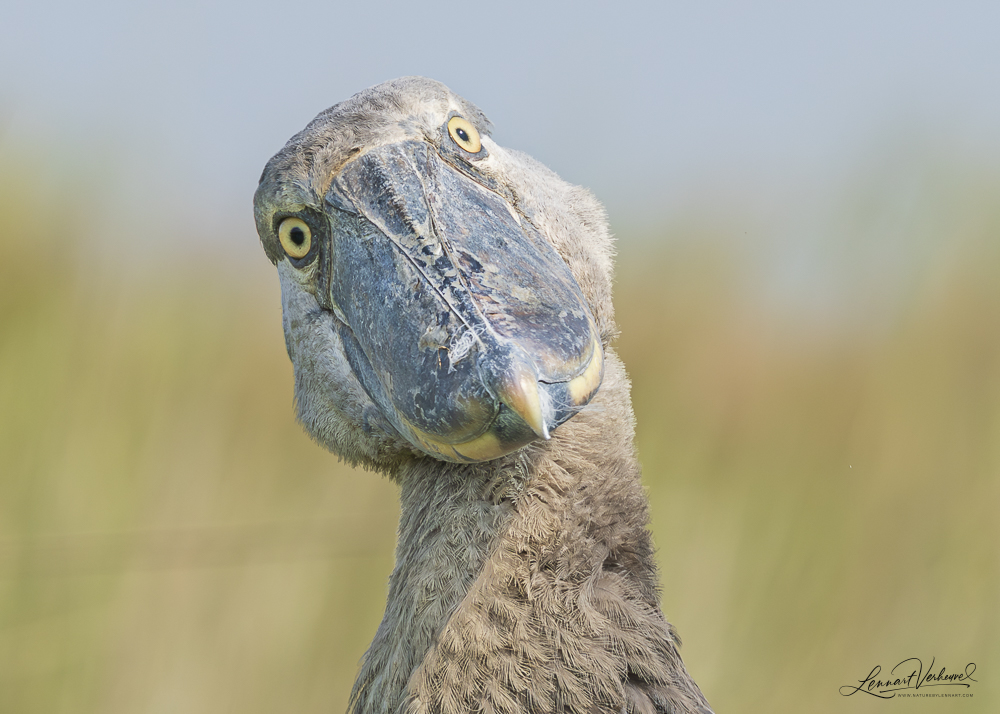
Uganda – a country I always knew I would visit one day! Not only is this the place where you can see Gorillas and Chimpanzees up close, but it also has so much more to offer. The trip I took in the summer of 2025 was mainly focused on seeing as many bird species as possible. Personally, I’ve long accepted that I won’t end up with the world’s biggest bird list, since I also love dedicating time to other animals. My personal “must-see” bird list was therefore quite short. But there was no doubt which one stood at the very top: the Shoebill.
As its name suggests, the Shoebill has a bill shaped like a shoe. No other bird in the world has a beak like this, which makes its appearance immediately spectacular and unique. The Shoebill looks almost prehistoric, as if bridging the gap between birds and dinosaurs. It is so distinctive that it forms its own family, all by itself. Add to that the fact that it’s a truly massive bird, and you can easily understand why it ranks high on so many wish lists.
For me, it was no different. Luckily, we didn’t have to wait long to find out whether we would actually see one. At the very start of our trip, on July 20th, we headed straight to Mabamba Swamp – the place to look for the Shoebill.
First, we had to take a ferry with the car. From the ferry we spotted, among others, the iconic African grey parrot. Unfortunately, it was at quite a distance, but in hindsight we were happy about that sighting – it turned out to be the only time during the entire trip that we saw it. While waiting for the ferry, I entertained myself photographing the local kingfishers. Pied kingfishers are relatively easy to capture in flight, but the Malachite kingfisher are a bigger challenge.

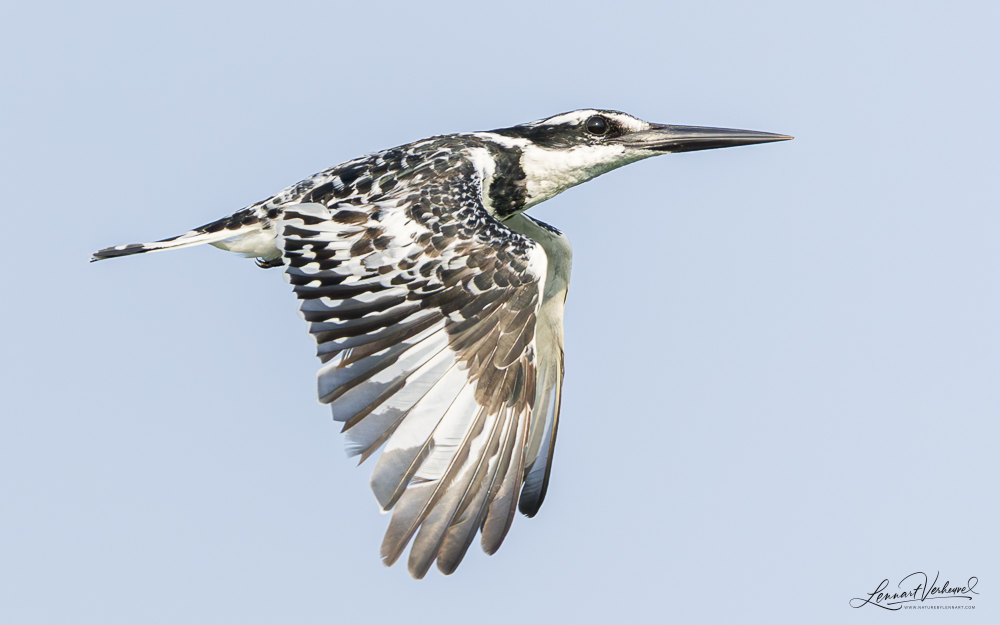
Pied Kingfisher

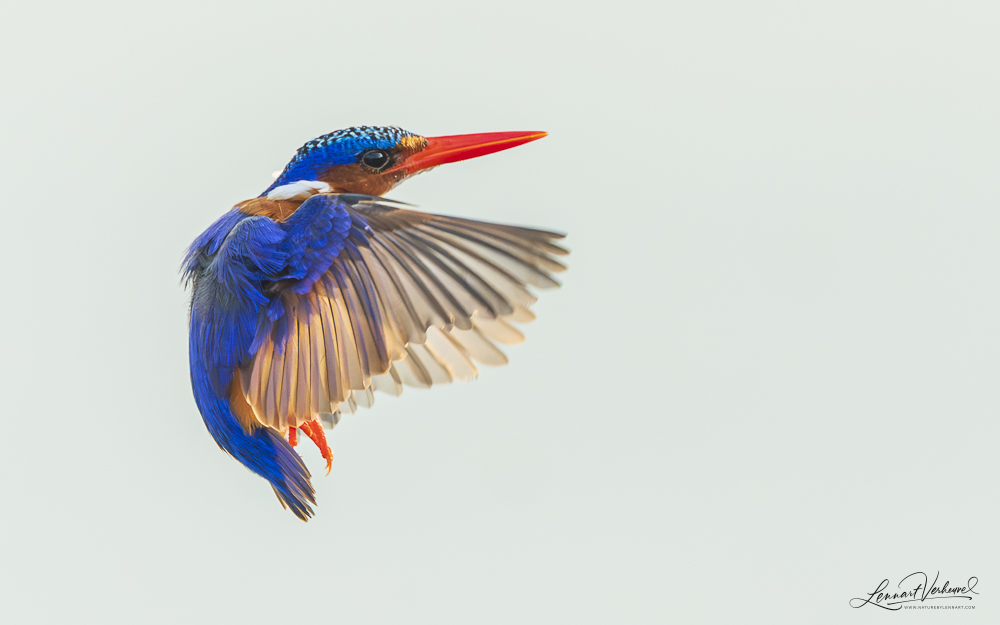
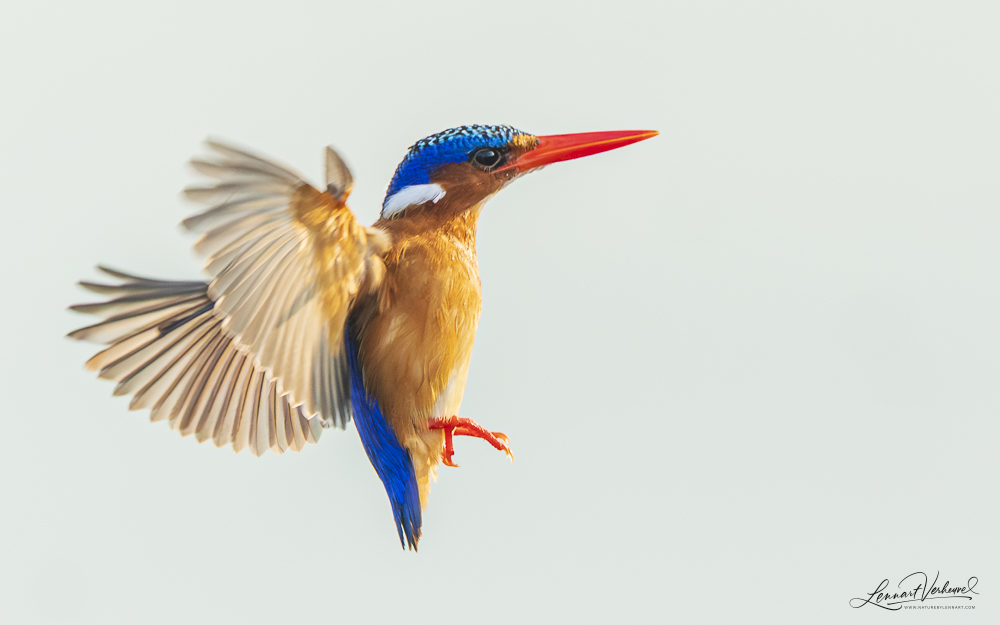
Malachite Kingfisher
After crossing the river, we had another half-hour drive before reaching the swamp. There, we boarded a small boat and set off into the wetlands.

Purple Heron
Along the way we encountered plenty of African Jacanas.


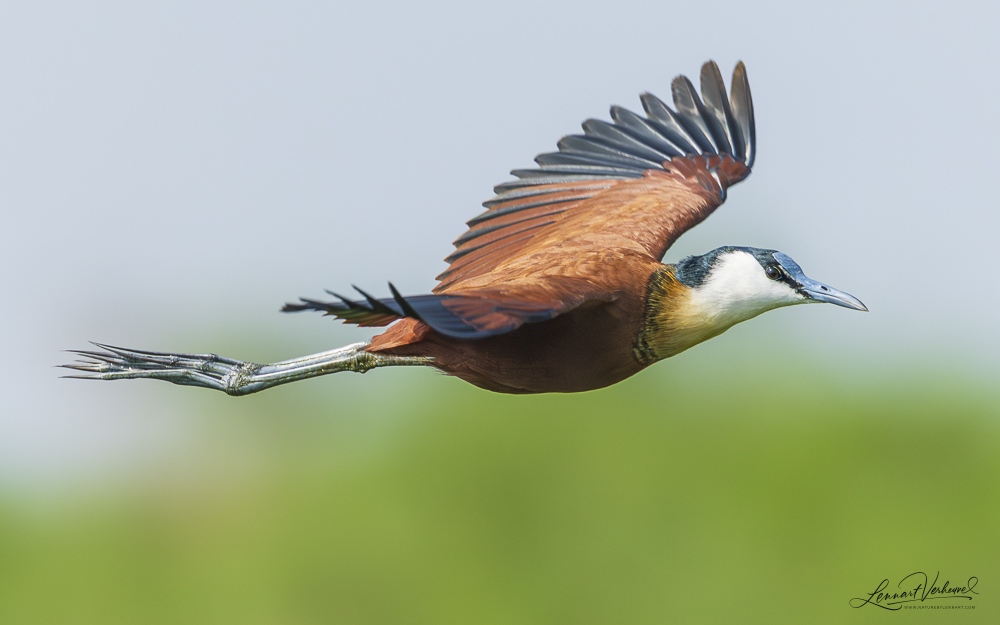
African Jacana
I’m a big fan of this family, which includes only a handful of species scattered across Africa, Asia, and South America. We tried our luck at finding a Lesser jacana among them, but had no success just yet. Soon after, our boat turned into the reeds. The motor went off. With long poles, we were pushed deeper into the vegetation.
The reeds parted, and suddenly – there it was: a magnificent Shoebill! What a giant bird! It felt surreal to be watching this iconic species just a few meters away as it foraged calmly. Another boat was already nearby, so I kept my wide-angle lens in the bag, but even so, it was a truly special moment. The bird seemed utterly unfazed by the attention, continuing its business for minutes on end.

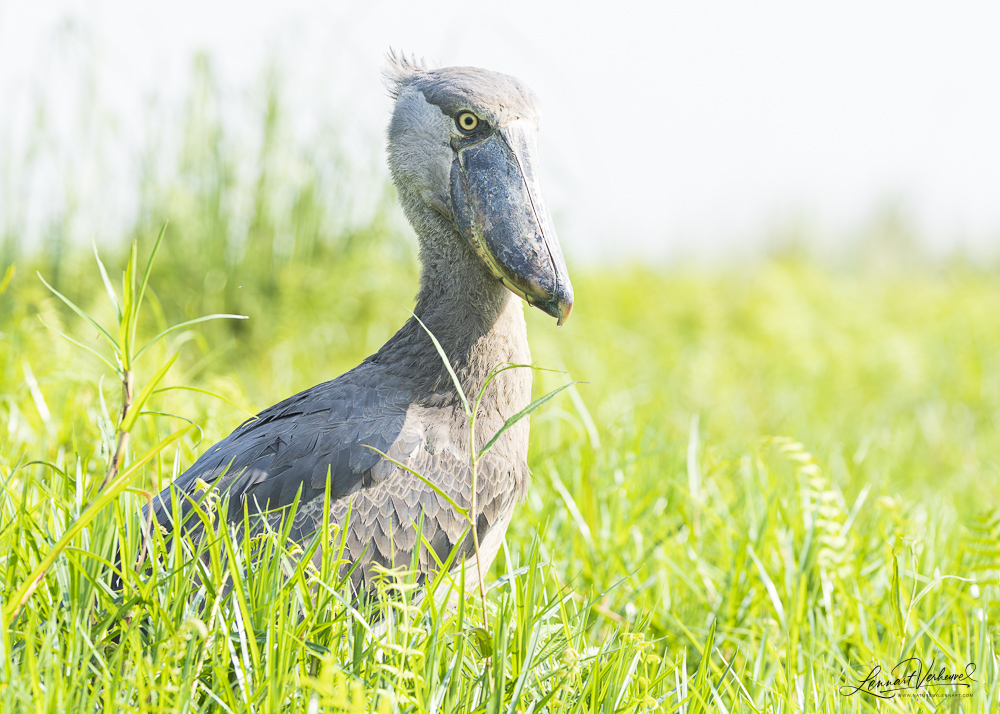

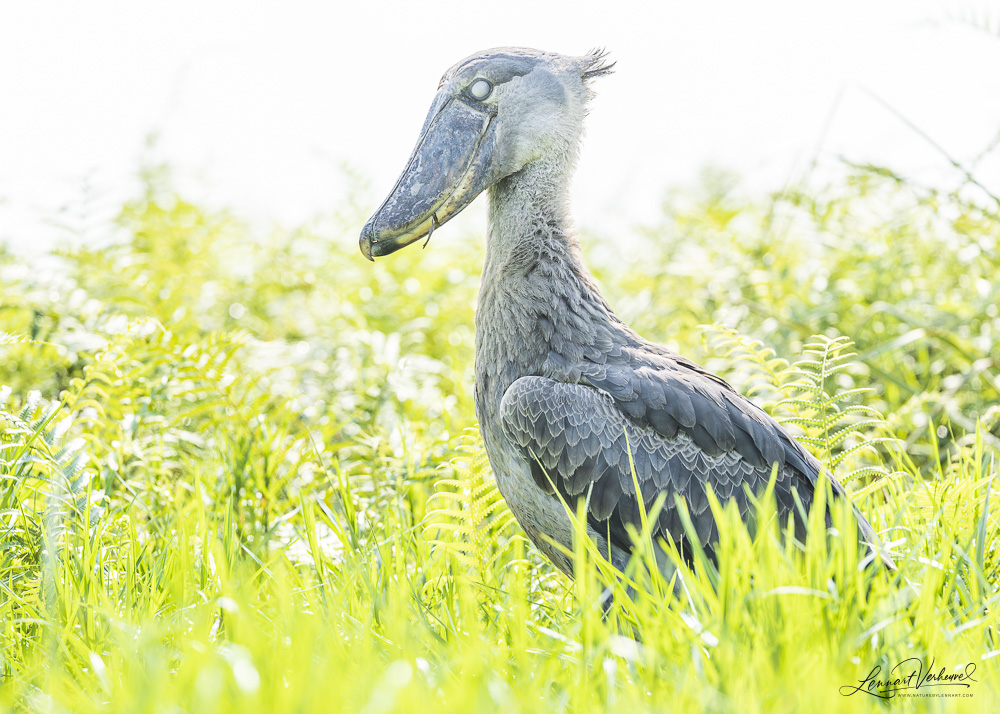
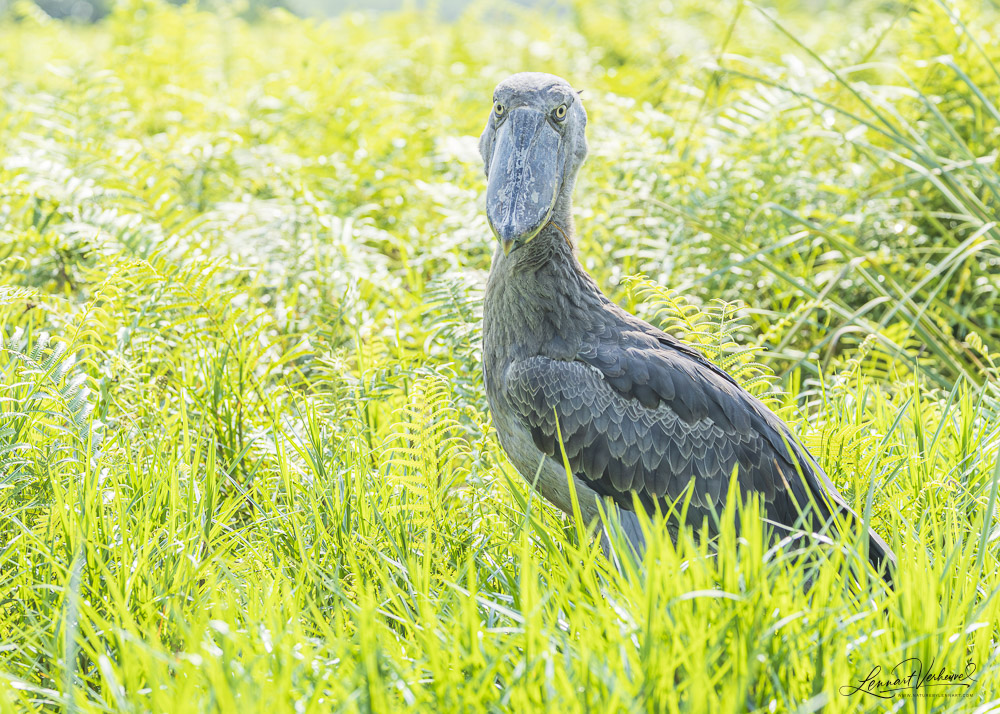
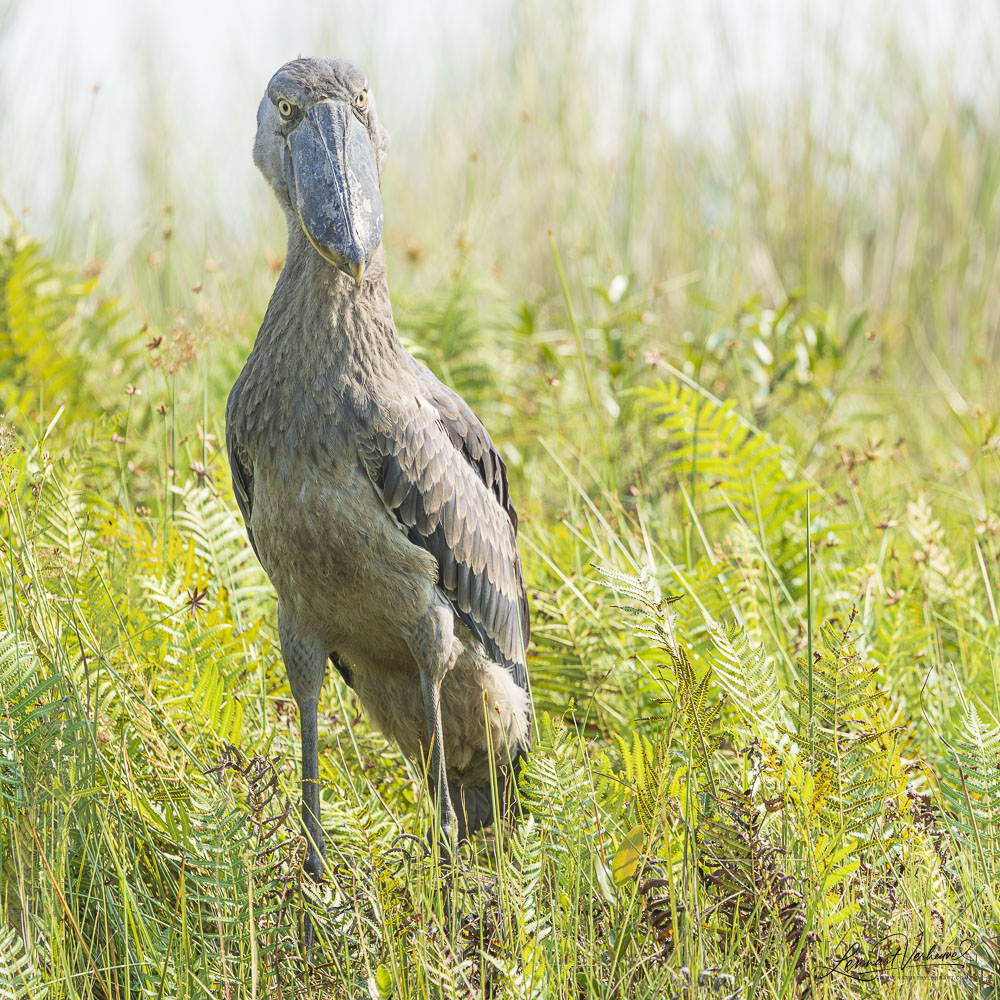
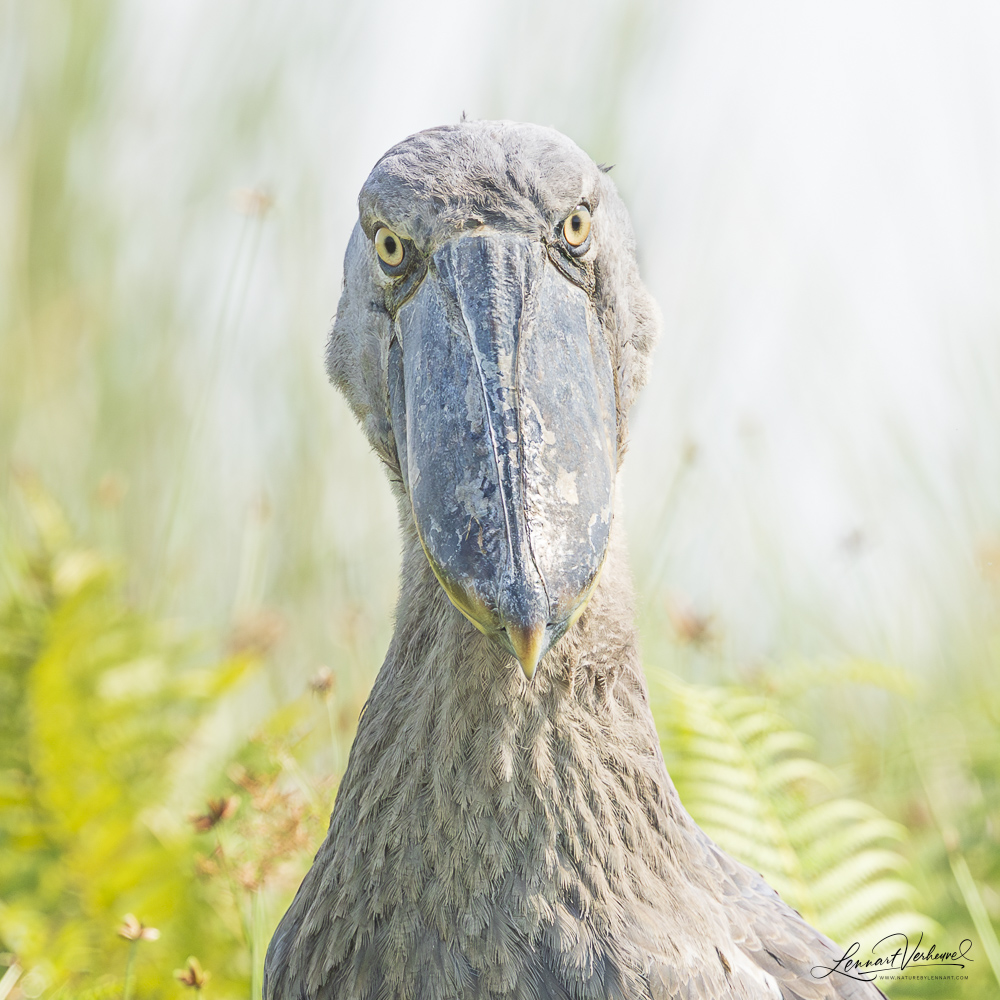
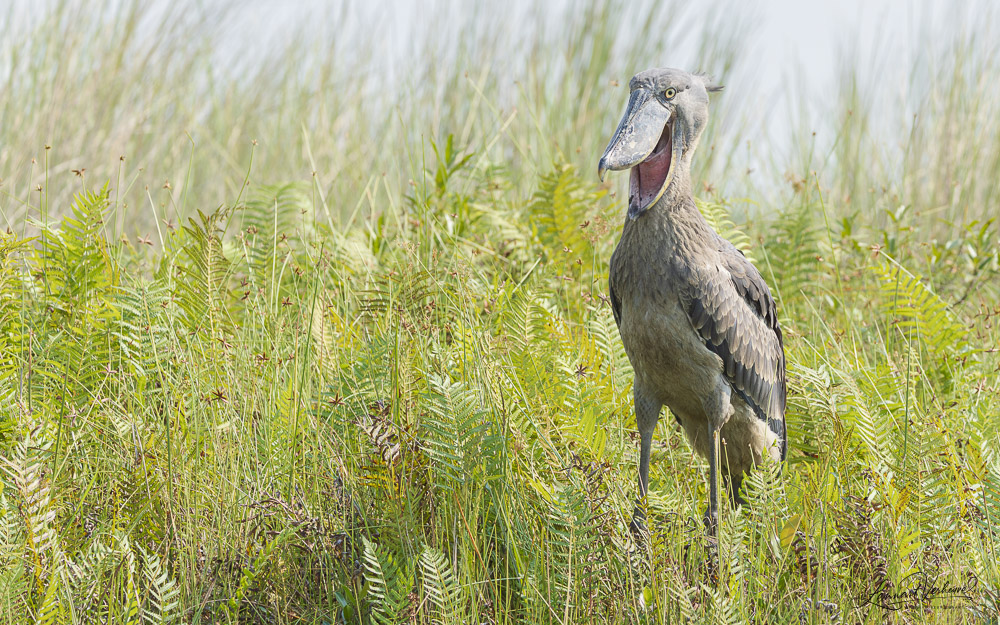
Shoebill
Then, without warning, the Shoebill took off. With a sound like a swan lifting into the air, it flew to another part of the swamp. We returned to open water, and before long, found the bird again from a different angle – which, of course, gave us a whole new perspective for photographs.


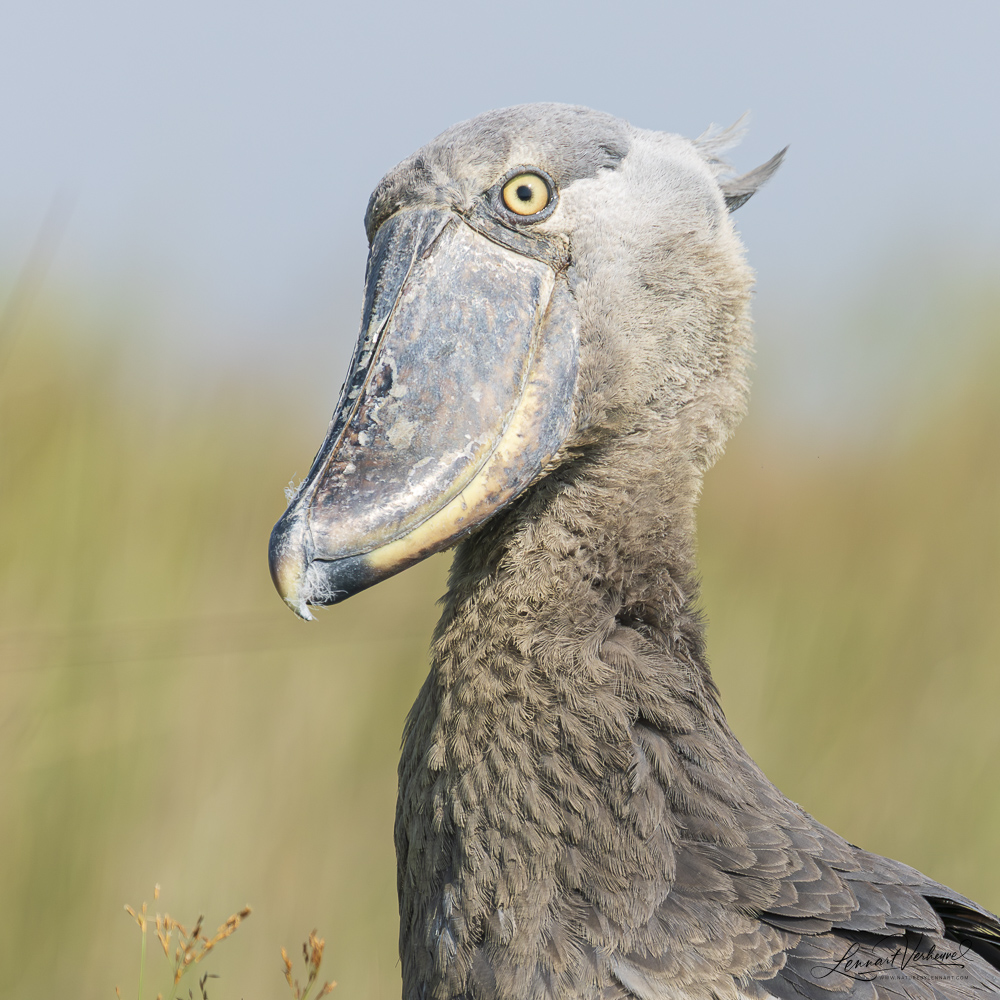
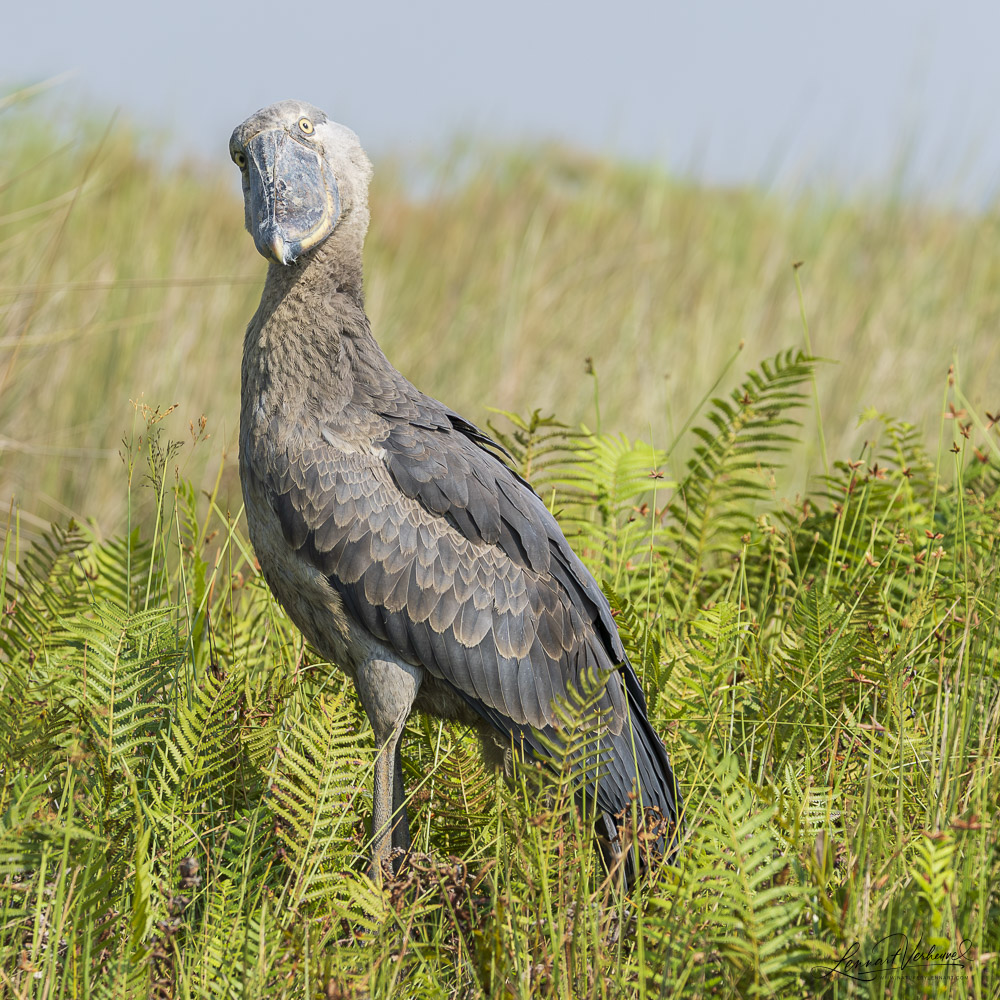
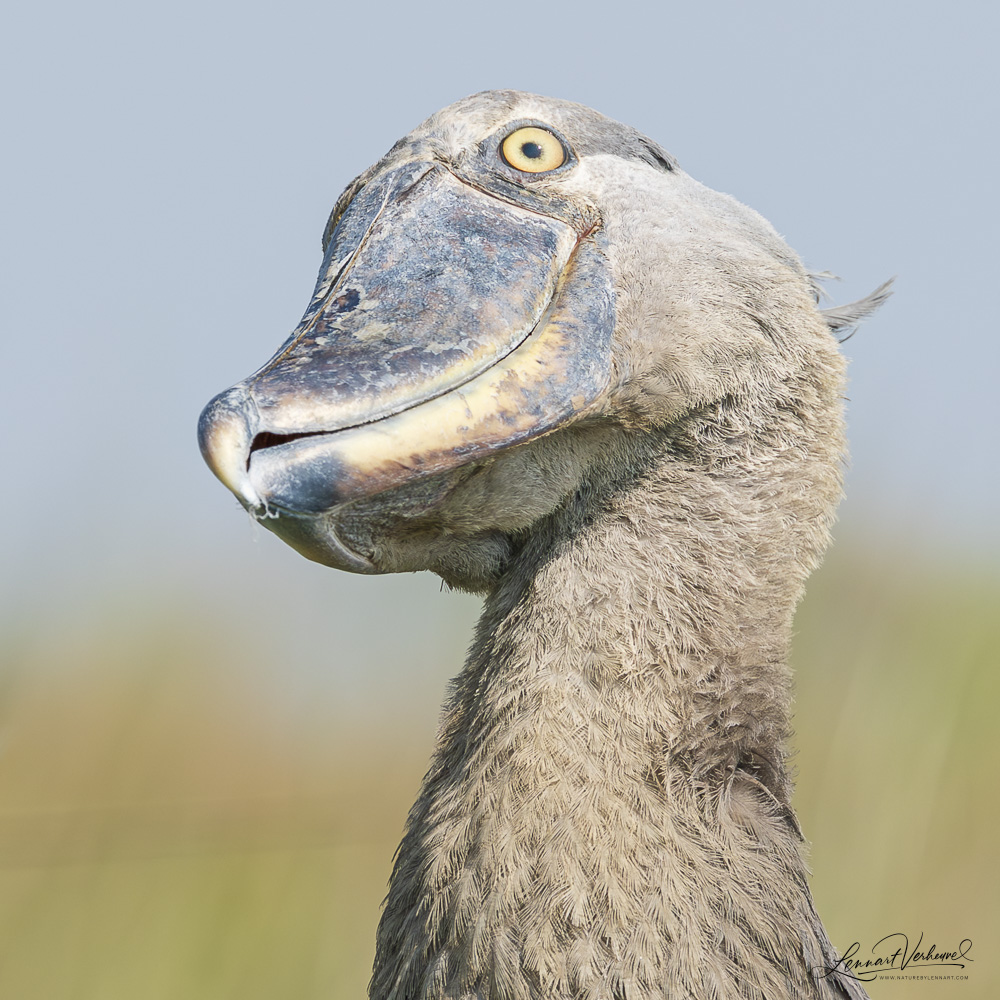
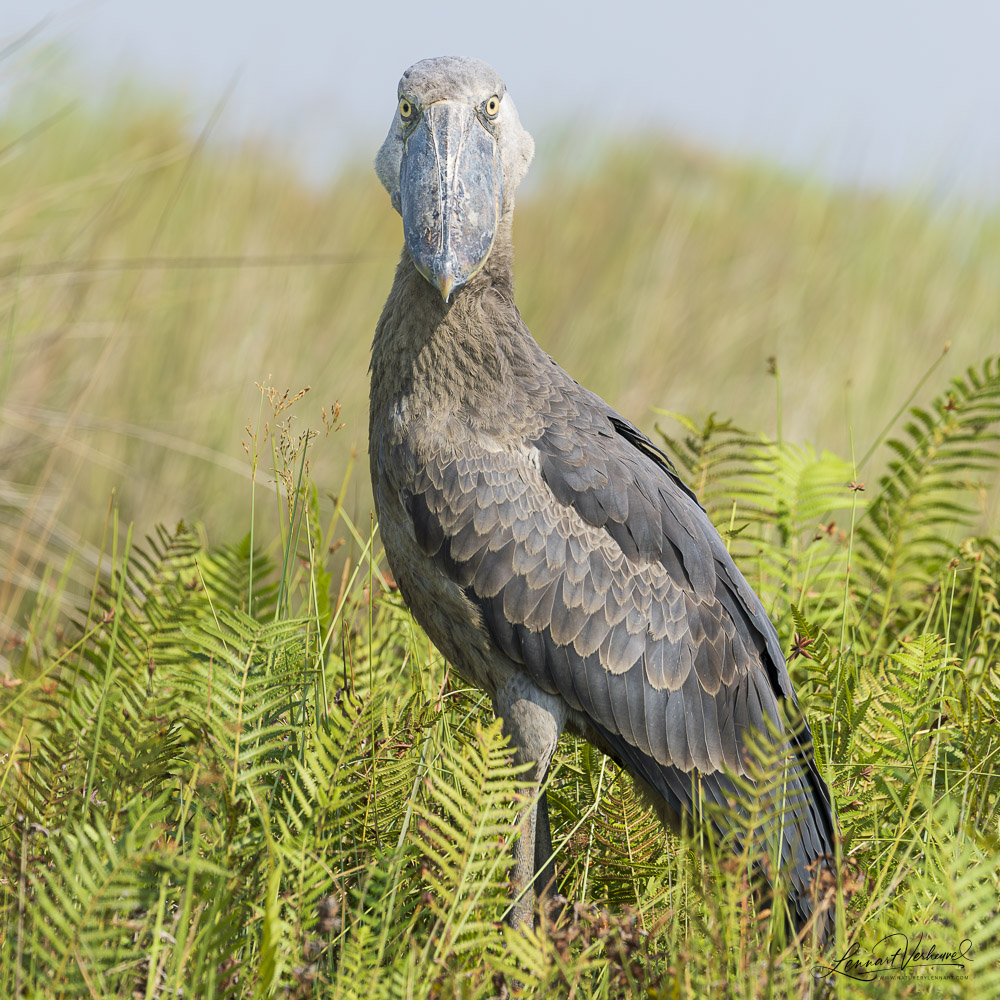
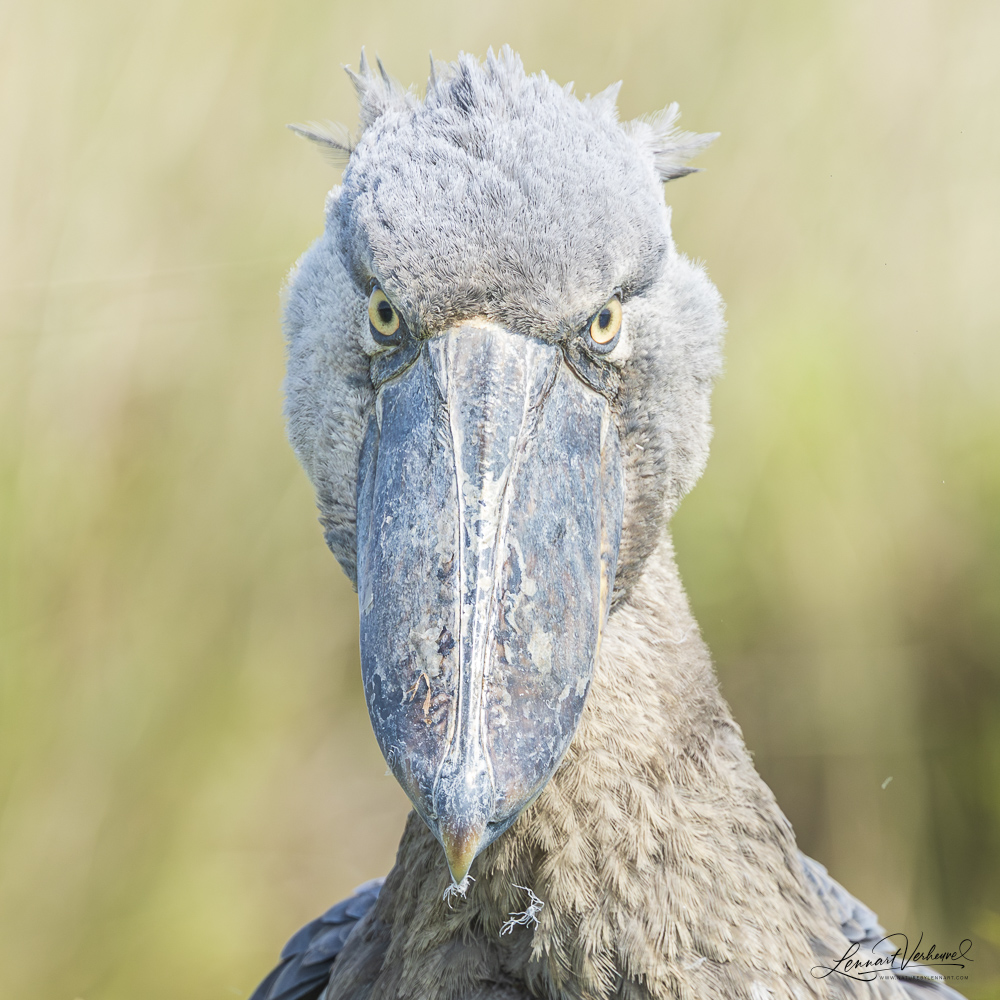
Shoebill
I was slightly frustrated by the poor lighting, as the morning was already well advanced, but that’s just part of birding. It was fun to watch the Shoebill call as well.
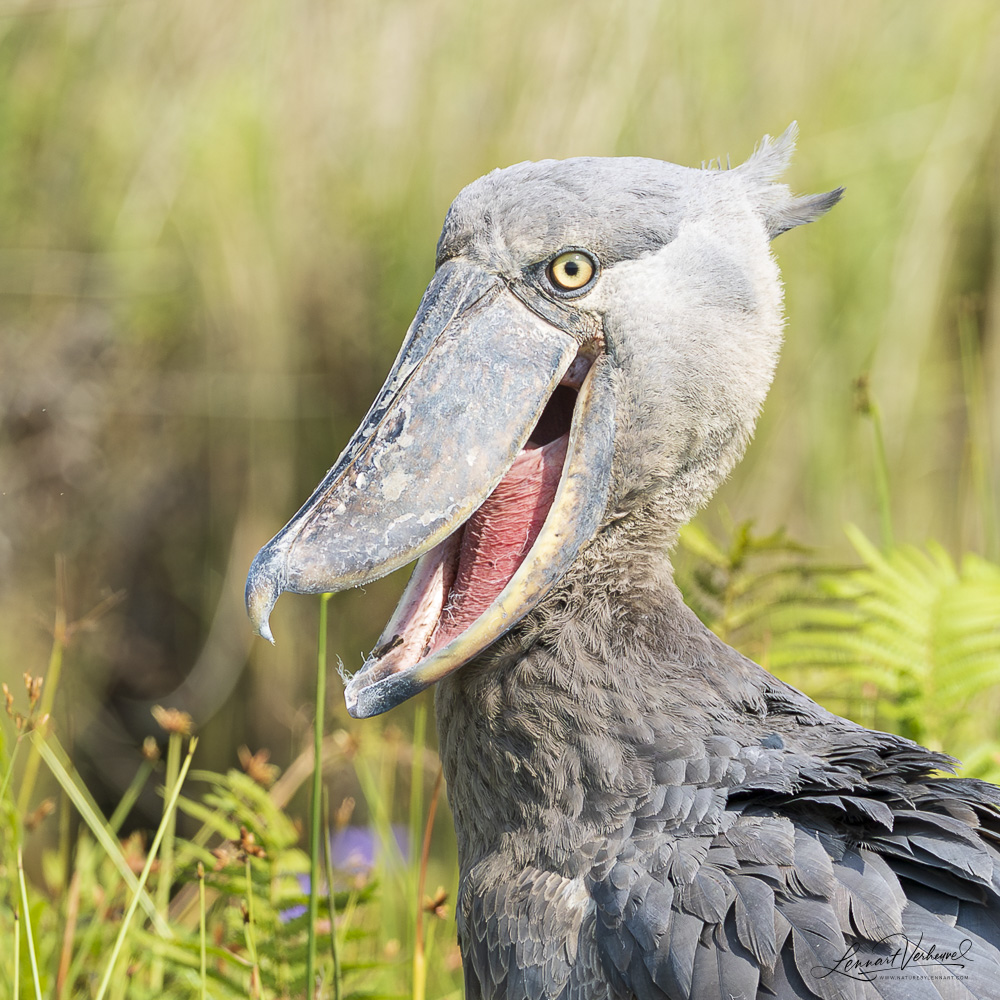
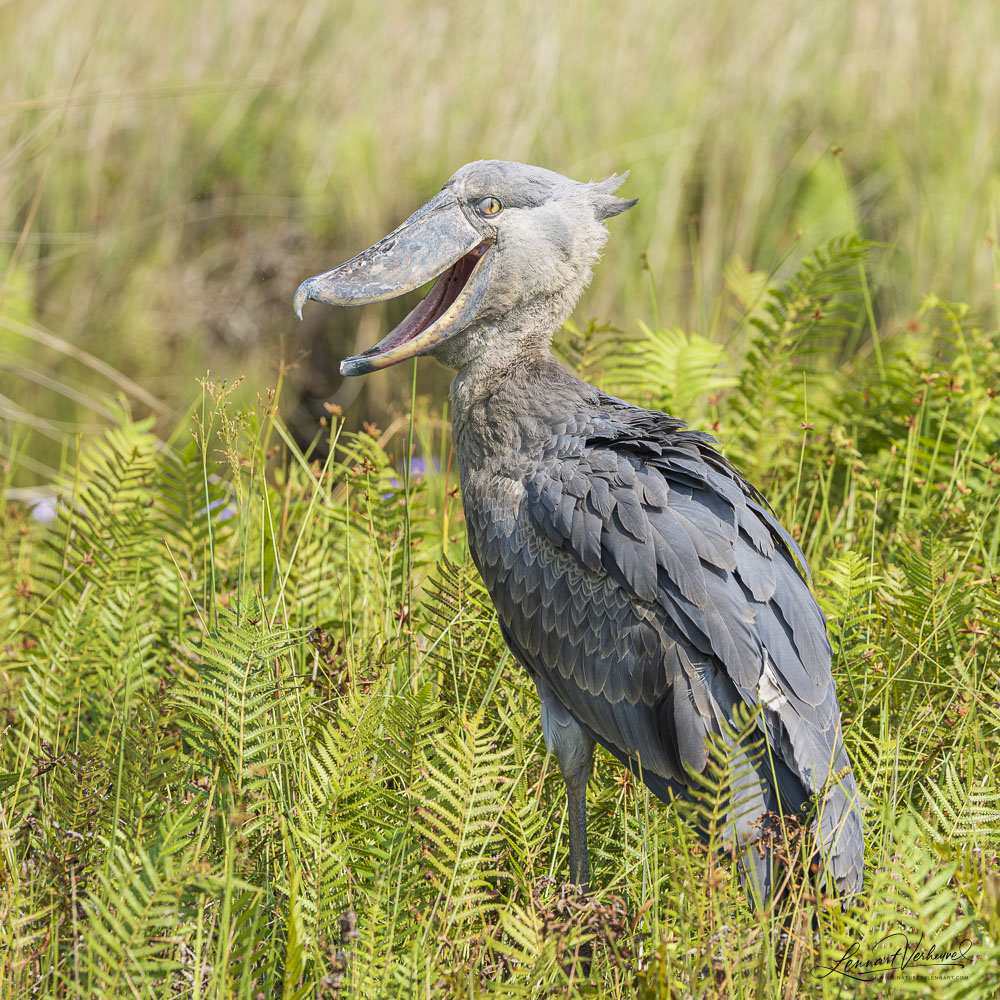
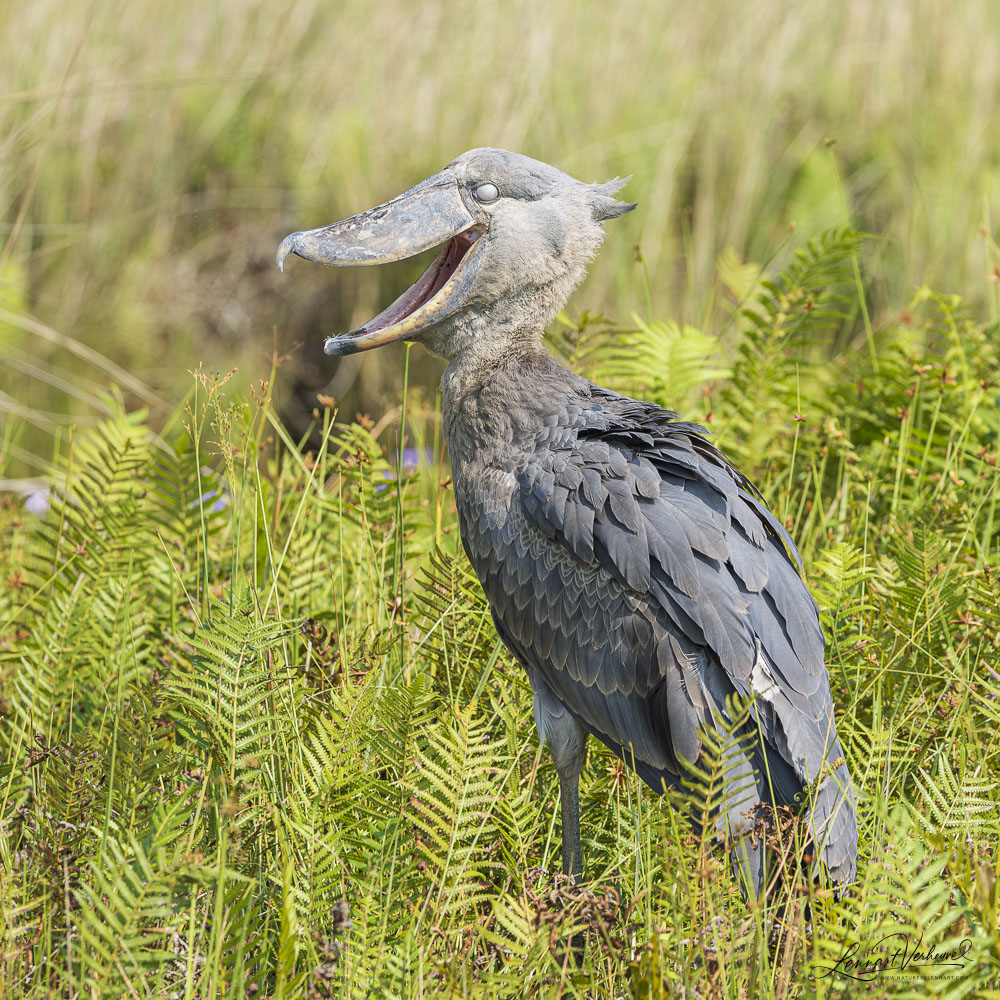

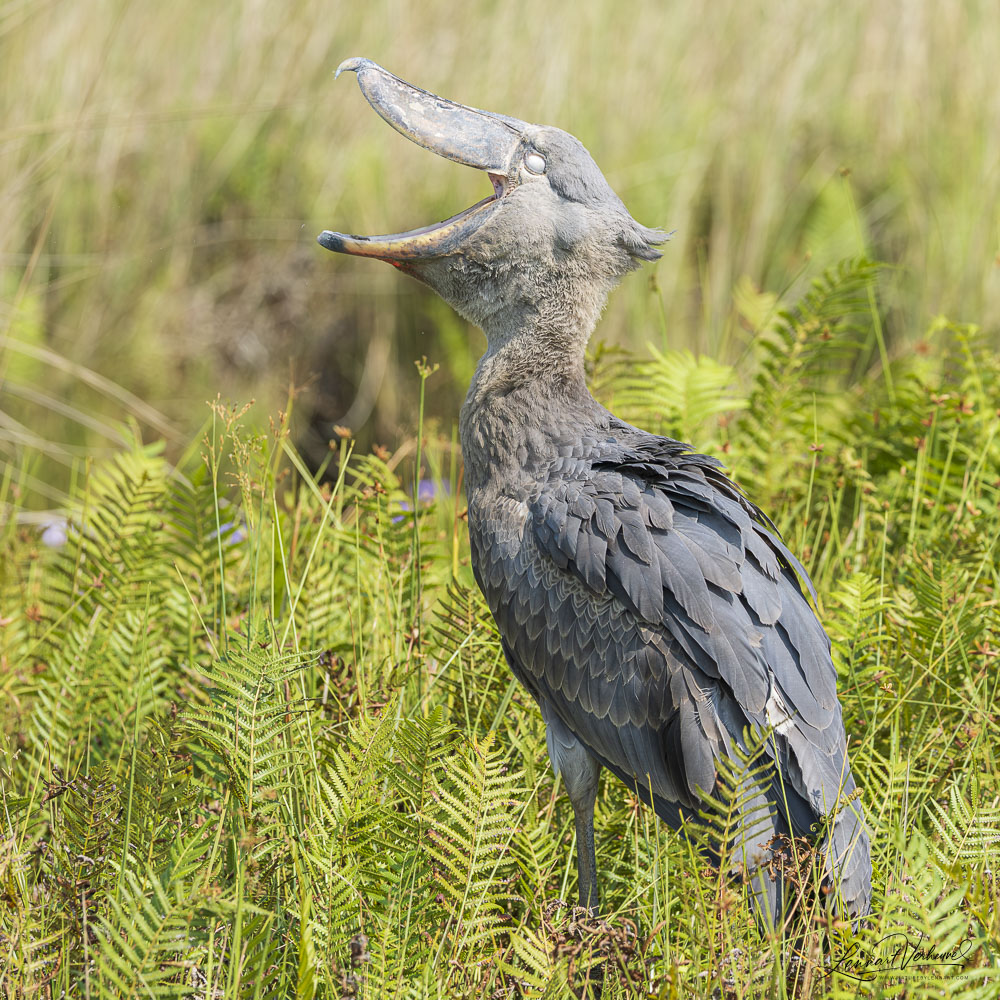

Shoebill
We gave the Shoebill the time and attention it deserved before moving on, as plenty more species were still waiting for us.
We had hoped to see a Papyrus gonolek, but it turned out to be too late in the day for that. A Rufous-bellied heron, however, did show up – this was an important target species. Unfortunately, it was difficult to photograph, but we would get better chances later on. Some birds are harder than expected, others surprisingly easy – that’s just how it goes. And of course, there’s the flip side: missing out on a species “that everyone always sees.” That part isn’t as fun.
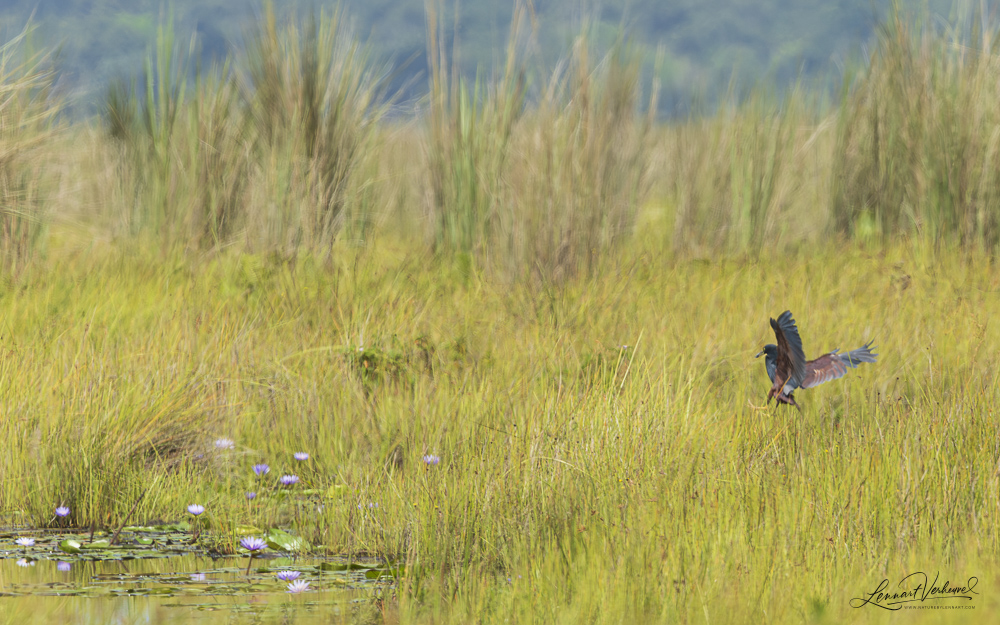
Rufous-bellied Heron
My main target now was the Lesser jacana. We tried hard to find one in the right habitat. They’re quite small, which doesn’t make things easier. But then, success! One was spotted walking across the water lilies! In fact, there were two of them! They were much shyer than the African jacanas, but at least I managed some record shots in flight. Nothing spectacular, but proof nonetheless.
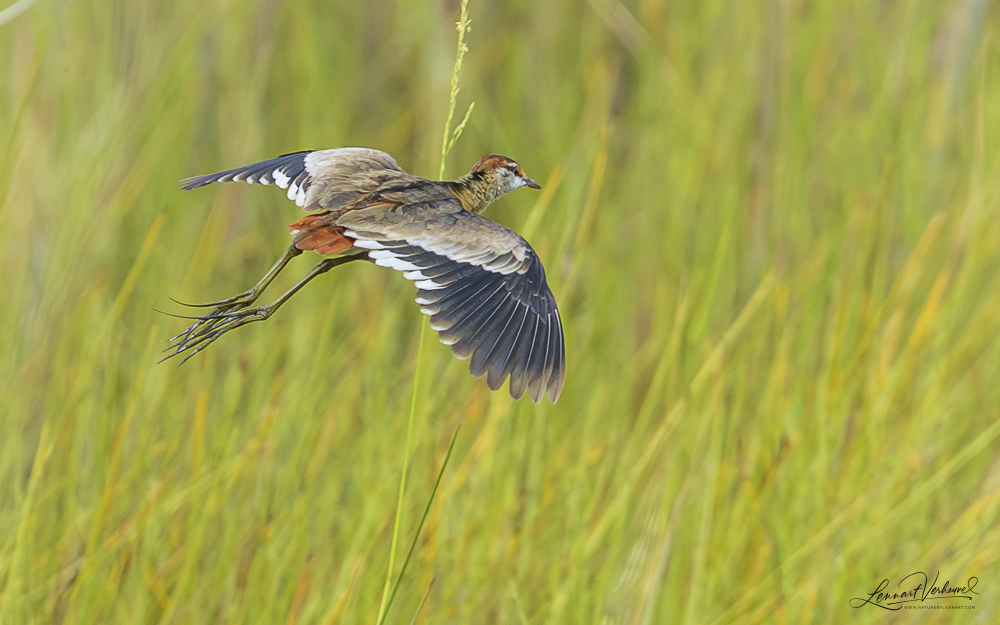
Lesser Jacana
Furthermore we also didn’t ignore the more common species of course. Species like Long-toed Lapwing, African Marsh Harrier, Yellow-billed Duck, Reed Cormorant and Squacco Heron.
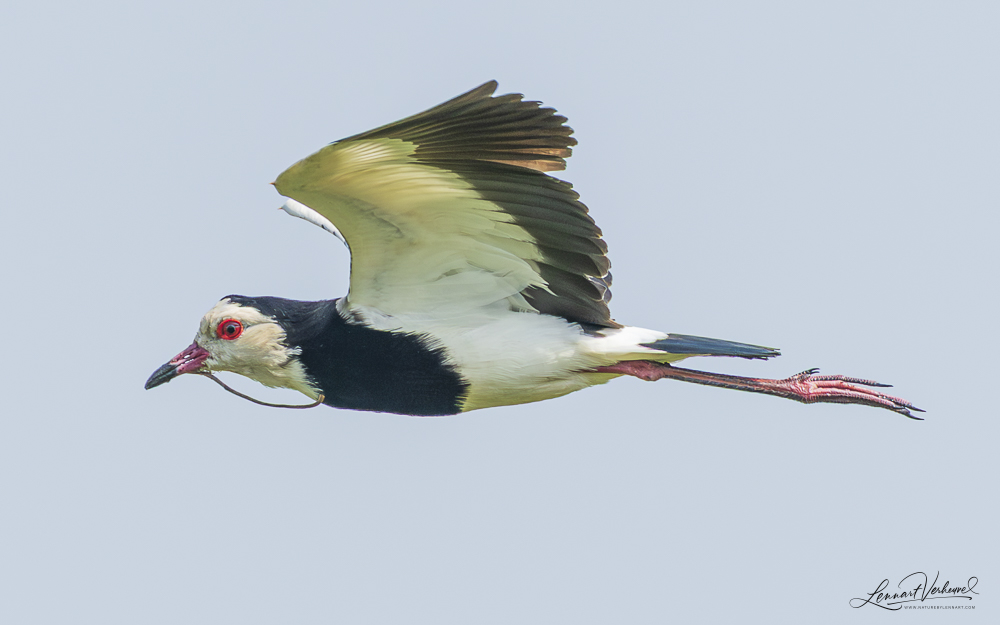
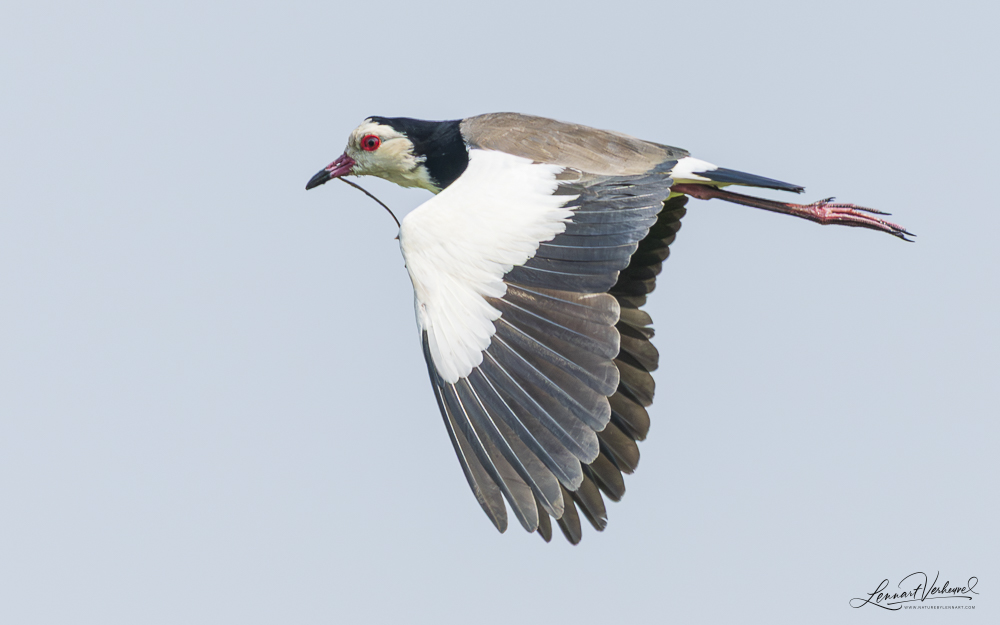
Long-toed Lapwing
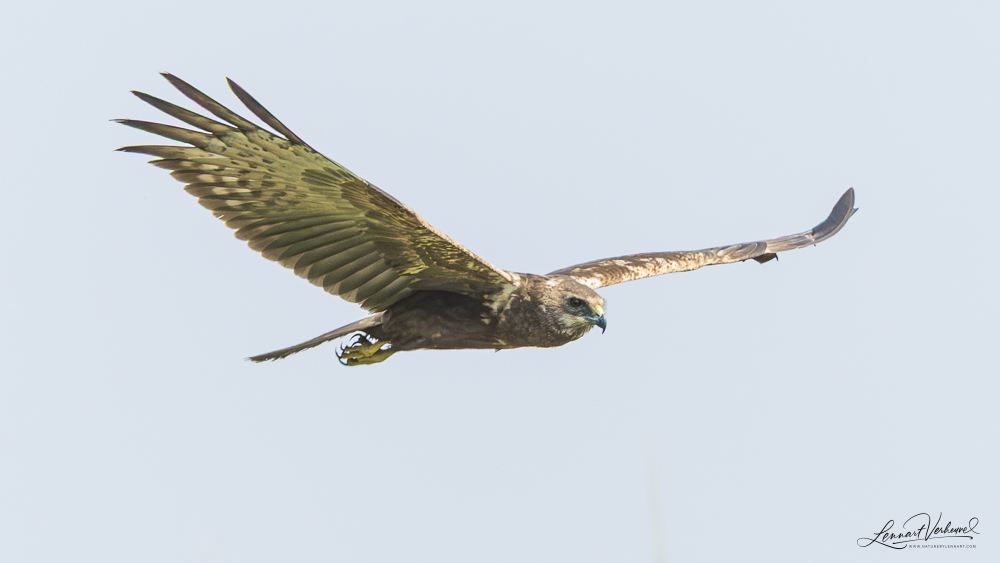
African Marsh Harrier
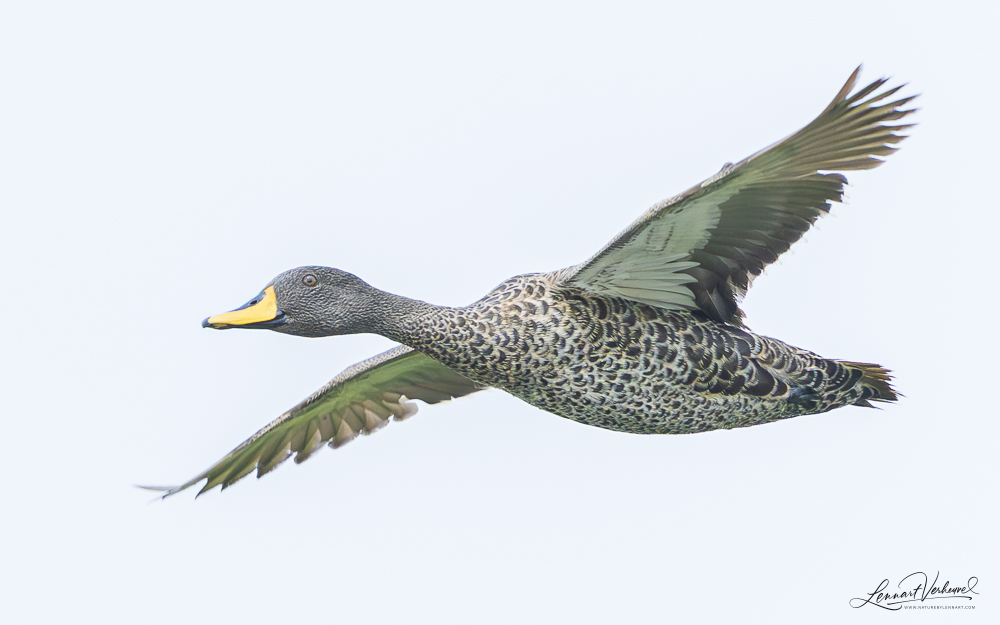
Yellow-billed Duck
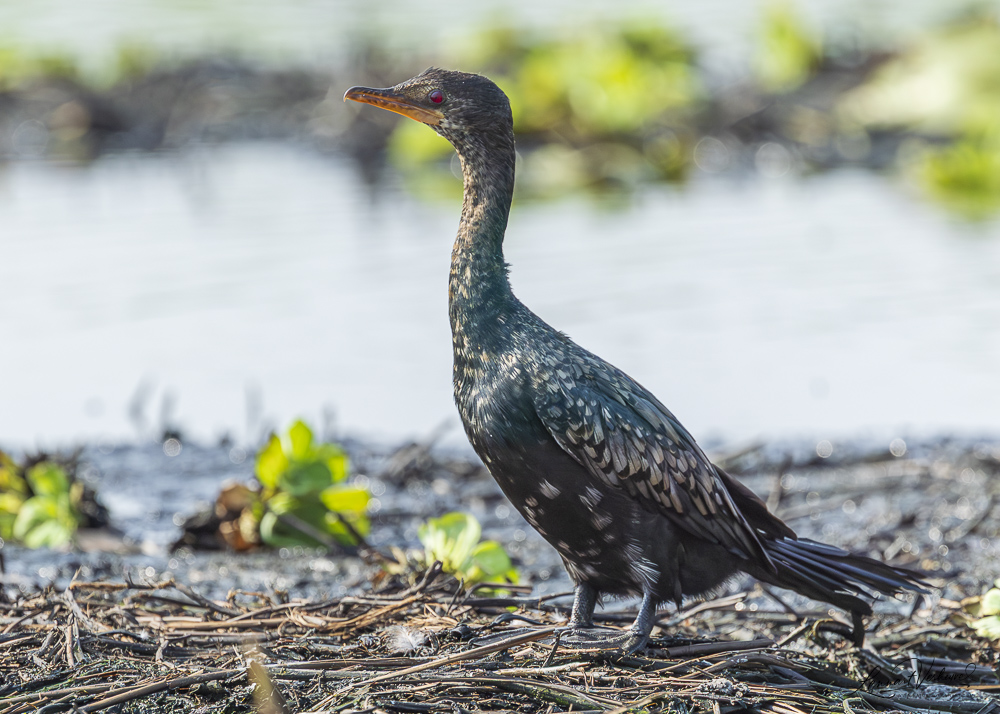
Reed Cormorant
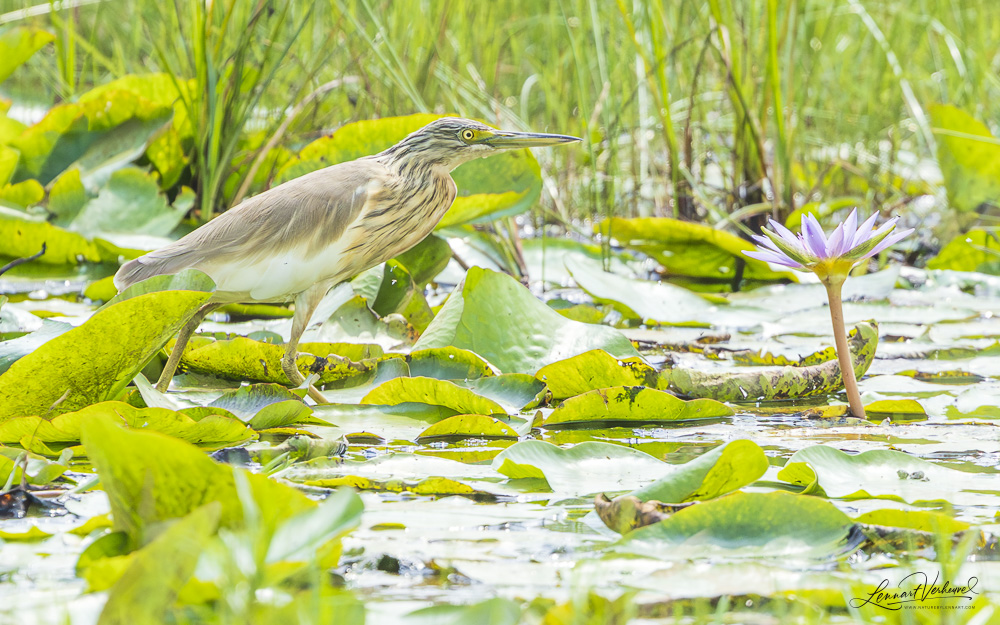
Squacco Heron
Furthermore it was important to keep paying attention to the sky as sometimes a Shoebill would circle above us.
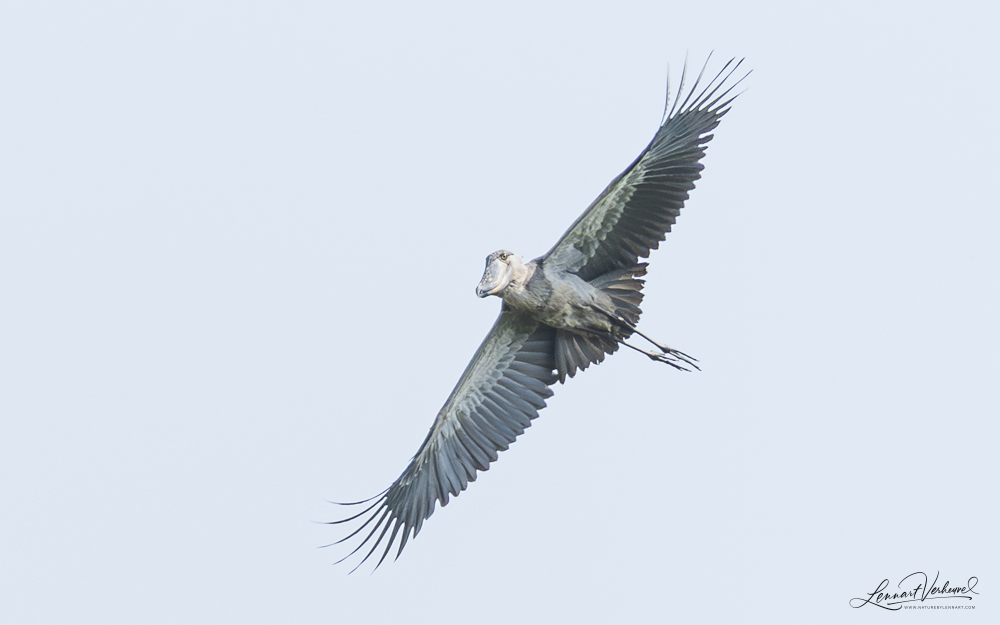
Shoebill
We had spent a good couple of hours in the swamp and it was time to leave. We went through the swamp channels at a decent speed, when suddenly I caught a glimpse of another Lesser jacana right by the boat! I quickly managed a few photos before it flew off. What luck to get this bonus encounter! I was thrilled with the images of this bird, which – along with the Shoebill – had been my biggest target for this location.
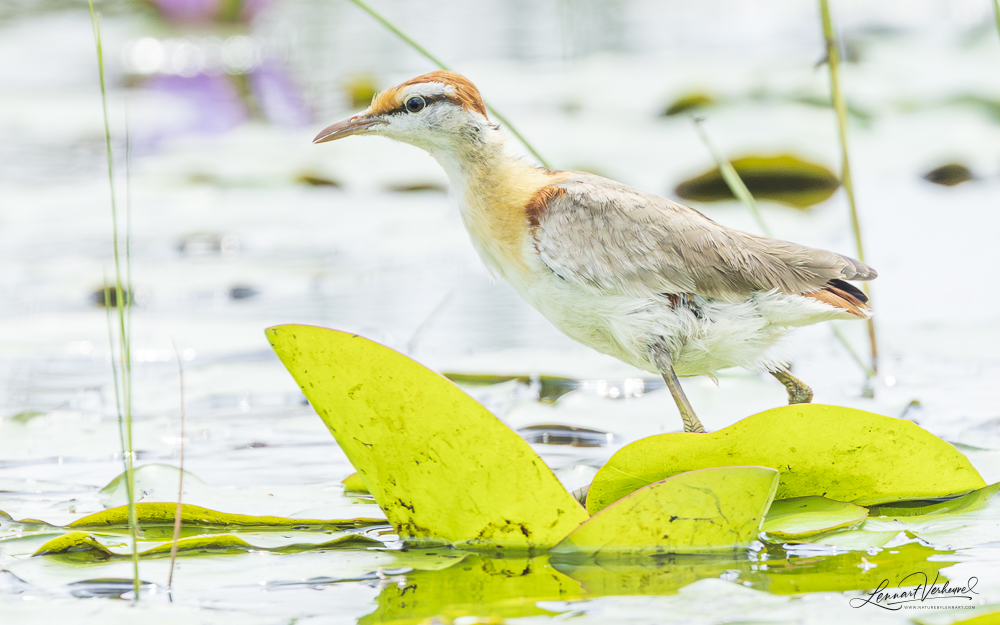
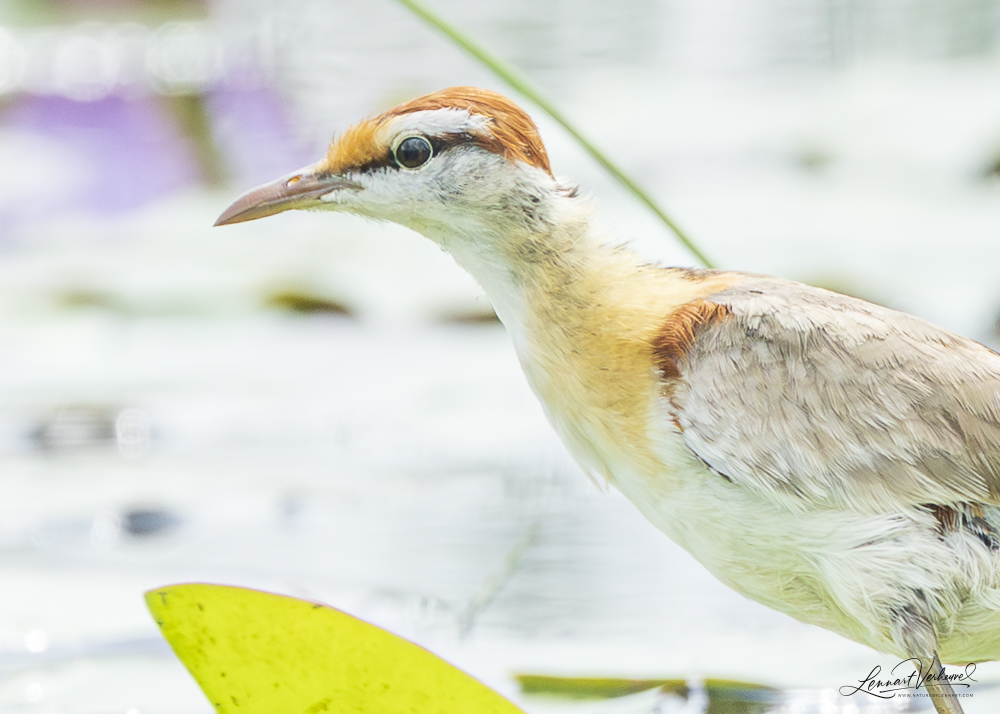
Lesser Jacana
My first impression of Uganda couldn’t have been better. I can’t wait to see what the rest of this journey will bring!
On this trip I tried something new: a videoreport of each day in which I talk you through our best sightings with photos and video. Go to my Instagram-account or Youtube to watch all of them. The one from July 20th you can find below.
More from Uganda?
Read about it’s number one attraction: The Gorilla Experience!
Also read about a great day in Kibale National Park with Chimpanzees, Forest Elephants and a Green-breasted Pitta!
Furthermore our visit of a special area with special species: Semliki!